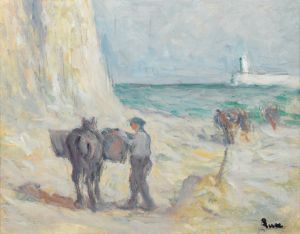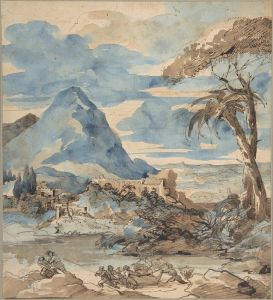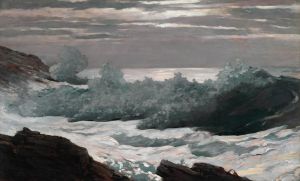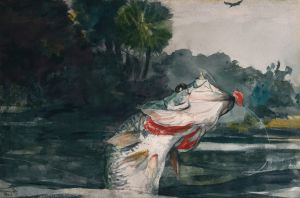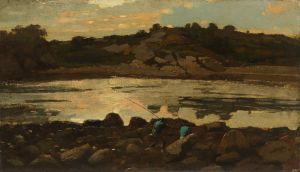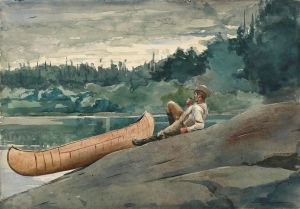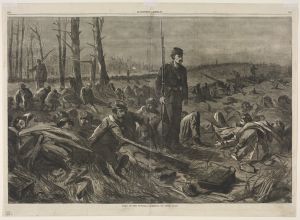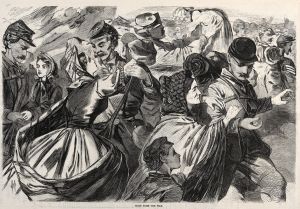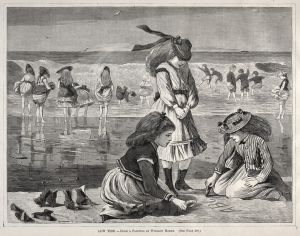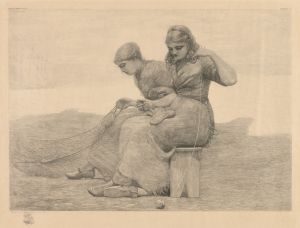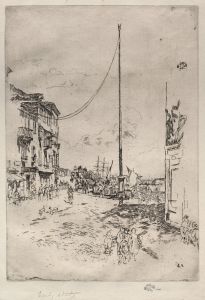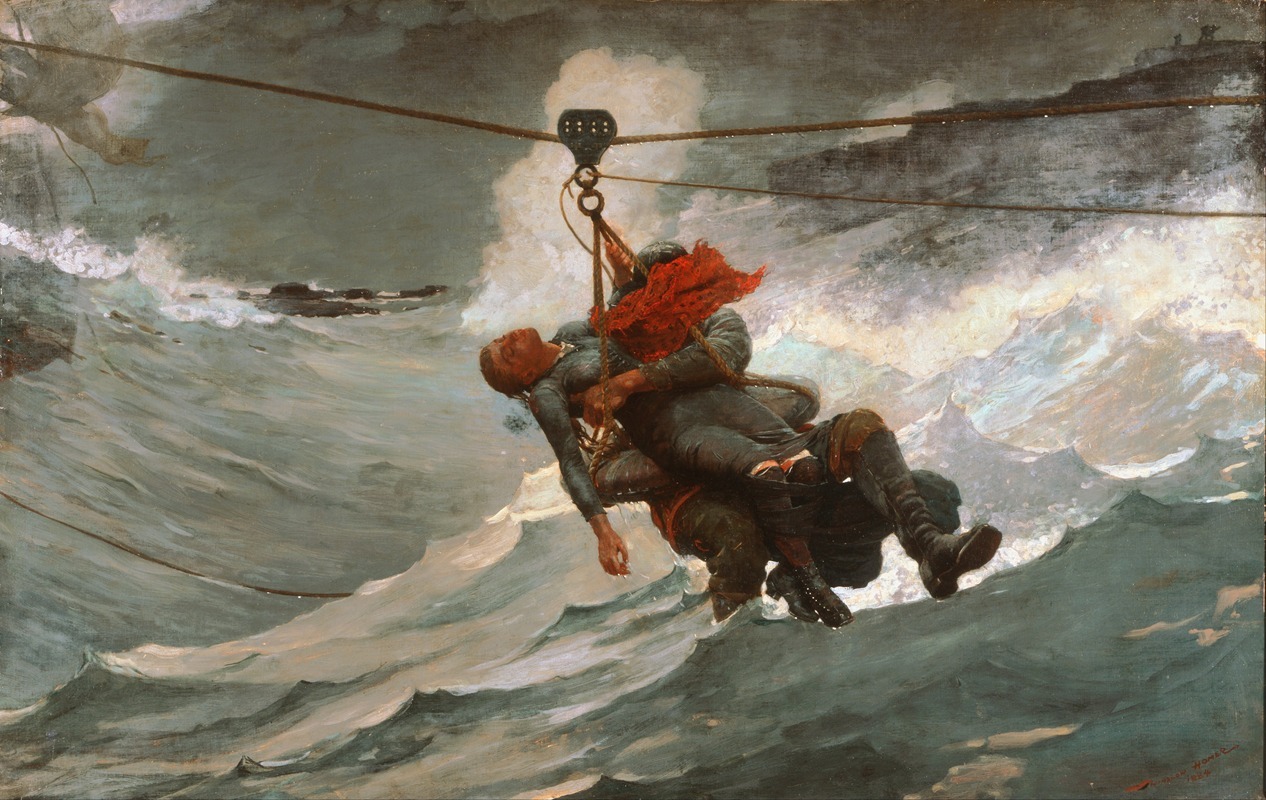
The Life Line
A hand-painted replica of Winslow Homer’s masterpiece The Life Line, meticulously crafted by professional artists to capture the true essence of the original. Each piece is created with museum-quality canvas and rare mineral pigments, carefully painted by experienced artists with delicate brushstrokes and rich, layered colors to perfectly recreate the texture of the original artwork. Unlike machine-printed reproductions, this hand-painted version brings the painting to life, infused with the artist’s emotions and skill in every stroke. Whether for personal collection or home decoration, it instantly elevates the artistic atmosphere of any space.
"The Life Line" is a significant painting by the American artist Winslow Homer, completed in 1884. Homer, known for his powerful and dramatic depictions of the sea and human struggle, created this work during a period when he was particularly focused on maritime subjects. The painting is celebrated for its vivid portrayal of a daring sea rescue, capturing the intense moment of life-saving action.
The scene depicted in "The Life Line" shows a dramatic rescue operation at sea, where a man is using a breeches buoy to save a woman from a shipwreck. The breeches buoy, a life-saving device consisting of a canvas sling suspended from a pulley system, was commonly used in the 19th century to rescue individuals from shipwrecks. In the painting, the woman, unconscious and drenched, is being transported through the turbulent waves to safety, while the rescuer, his face obscured by a red scarf, clings to the rope, emphasizing the perilous nature of the rescue.
Homer's use of color and composition in "The Life Line" enhances the drama and urgency of the scene. The dark, stormy sea and the overcast sky create a somber and tense atmosphere, while the bright red of the rescuer's scarf draws the viewer's attention to the central action. The painting's dynamic composition, with diagonal lines created by the ropes and the figures' bodies, conveys a sense of movement and immediacy.
"The Life Line" was first exhibited at the National Academy of Design in New York in 1884, where it received widespread acclaim. Critics praised Homer's ability to capture the raw power of nature and the heroism of the human spirit. The painting's success solidified Homer's reputation as one of America's leading artists and a master of marine painting.
The inspiration for "The Life Line" likely came from Homer's observations of life-saving drills and rescues along the New England coast, where he spent considerable time. His interest in the subject was also influenced by the broader context of the time, as the late 19th century saw significant advancements in life-saving technology and increased public awareness of maritime safety.
Today, "The Life Line" is part of the collection at the Philadelphia Museum of Art, where it continues to be admired for its technical mastery and emotional impact. The painting remains a powerful testament to Winslow Homer's skill as an artist and his ability to convey the drama and heroism of human endeavors against the forces of nature.





